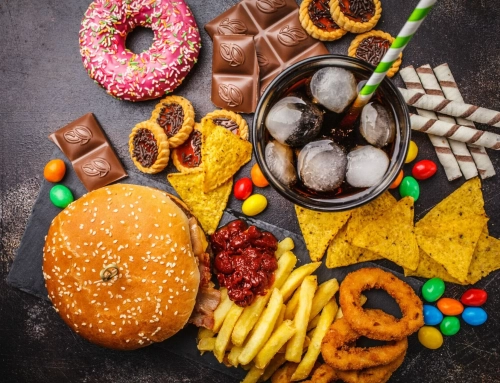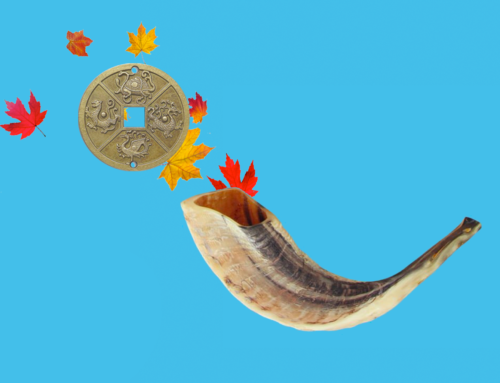Late Summer has a tendency to make the body feel heavy and tired, and the mind sluggish. This can come along with digestive upset and slowdown. It’s a conundrum of what to eat during this time of year. While summer is the best time to rely on locally grown produce, all those peaches, melons, tomatoes, and peppers can be hard to digest, even though they are loaded with micronutrients.
If you’re finding that you’re losing your appetite, feeling uncomfortable after eating, or that your mind and body just feel foggy and clouded, you might be experiencing what Chinese Medicine refers to as “Dampness.” It’s a natural reaction to the humidity and the long, slow days of the season. While dampness can be treated with acupuncture, Chinese Herbs and movement, the things that you eat can also have a positive (or negative) effect. Below, we’ll walk through a common summer dish – cold noodle salad – with some modifications to make it extra Damp-clearing.
Intentional ingredients and steps to help clear dampness.
Cold noodle salads are a common dish throughout Asia and have been adapted to the North American menu. They usually involve cooked noodles, raw vegetables, and an aromatic sauce, often made from peanuts. Here’s what we suggest:
Use a non-wheat noodle. Rice is a great choice here, but there are a plethora of other options.
Lightly cook your vegetables. Dampness can “clog up” the mechanism of digestion and nutrient absorption, and eating foods that are cold in temperature and/or very fibrous can make digestion more challenging. Stir fry or steam some of the vegetables for a few minutes to make them easier to break down once they are in your body.
Add herbs. Aromatic herbs like parsley, cilantro, nettle, and basil all help the body move dampness, as do warming herbs like ginger, cardamom, anise, and cinnamon.
Skip the peanuts. Many legumes are great at clearing damp (including mung beans, adzuki and lentils), but peanuts are actually used for when someone needs to be more damp. Try this sauce made from tahini and sesame oil, or you can find others made with almond or cashew butter. Don’t overthink it. Worrying and overthinking can make feeling damp even more unbearable! Go with whatever you have in your fridge, garden, and budget. Enjoy your salad with attention, gratitude, and your eyes away from a screen, so that you can feast with your other senses and attune your appetite.
Clear Damp, Eat Noodles Recipe
Ingredients
1 package of rice noodles or other non-wheat noodles of your choosing
1-3 cups of vegetables, sliced into strips with a knife or with a vegetable peeler, or made into “noodles” with a spiralizer. Daikon and other radishes are especially damp-clearing, but carrot, peppers, zucchini, broccoli stem, and cabbage are all great options.
1 cup aromatic herbs of your choice (including cilantro, basil, shiso)
1-3 chopped scallions, for serving
Sesame seeds, for serving.
Directions
- Prepare the noodles according to directions on the package. After draining, toss the noodles with 1 teaspoon of sesame oil to improve flavor and prevent them from sticking together. Let cool.
- Lightly sauté some or all of your vegetables in a neutral oil until they are softer but not limp. Let cool.
- Add all the ingredients for the sauce into a small bowl, adjust to your taste. This is a very flexible sauce.
- Assemble your ideal bowl, combining noodles, sauce, vegetables and herbs, topping with green onions and sesame seeds. This can be tossed all together to serve a group, and makes a great meal prep – just hold off on adding the herbs until you are ready to eat. Be sure to microwave each meal for 30 seconds to 1 minute to soften the sauce and noodles, which both get firmer when cold.
Sauce
2 tablespoons of tahini/sesame paste
1 teaspoon brown sugar
1 teaspoon rice wine vinegar (can sub. the juice of half a lime, its delicious)
1 tablespoon sesame oil (toasted or spicy)
1 tablespoon soy sauce
1 clove garlic, grated or minced
1″ piece of raw ginger, grated or minced
(optional) 1 teaspoon of your favorite chili-based hot sauce.
2 tablespoons hot water





